The world relies on various engines for day-to-day activities, from combustion engines in cars and planes to electric motors for industrial applications. But among them, some engines can be considered the biggest engines in the world – both in size and power.
This article will explore what these biggest engines are used for and why they are important.
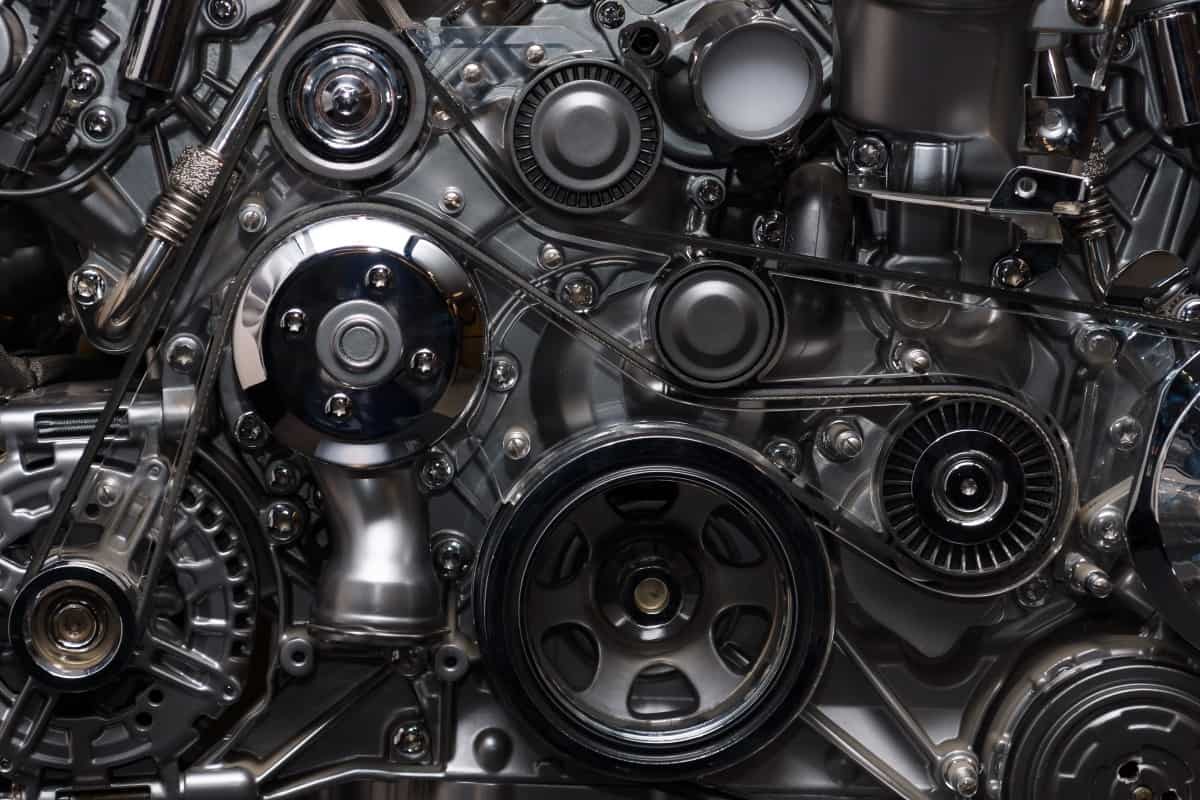
The Importance of The Biggest Engines in the World
The world's largest engines are important to know about because they represent the pinnacle of engineering and technology. From powering large container ships to providing thrust for commercial aircraft, these massive engines are a testament to human ingenuity and innovation. Knowing about the world's largest engines can help us understand how far we have come in terms of engineering and technology, as well as give us an appreciation for the incredible feats of engineering that have been achieved in our lifetime.
And the Winner is: Diesel Engine Wärtsilä-Sulzer RTA96-C
Get ready to be blown away as we explore the Wärtsilä-Sulzer RTA96-C - the biggest engine in the world. With its impressive size and power, this engineering marvel will leave you in awe. Let's dive in and discover the amazing features of this incredible machine.
Can you imagine the power of the incredible Wärtsilä-Sulzer RT-flex96C, a two-stroke turbocharged, low-speed diesel engine crafted by the Finnish manufacturer Wärtsilä? It is the world's largest and most powerful marine diesel engine, with a power output of 109,000 horsepower. It was introduced in 2001 and used to power large container ships.
The RT-flex96C is an impressive feat of engineering. Each cylinder has a displacement of 1810 liters, making it one of the largest reciprocating engines ever built. The engine also features advanced technologies such as a variable stroke length that allows for greater efficiency and fuel savings. Additionally, its low-speed design helps reduce vibration and noise levels compared to traditional high-speed engines.
The RT-flex96C has been widely praised for its reliability and performance. It has been used on some of the world's largest container ships, including the Emma Maersk, the longest ship in service. The engine has also been used to power luxury cruise ships such as Royal Caribbean's Oasis of the Seas and Allure of the Seas.
Overall, the Wärtsilä-Sulzer RT-flex96C is an impressive feat of engineering that demonstrates just how far marine propulsion technology has come in recent years. Its reliable performance and efficient design make it ideal for powering large vessels worldwide.
Turbofan Engine Winner: GE90-115B
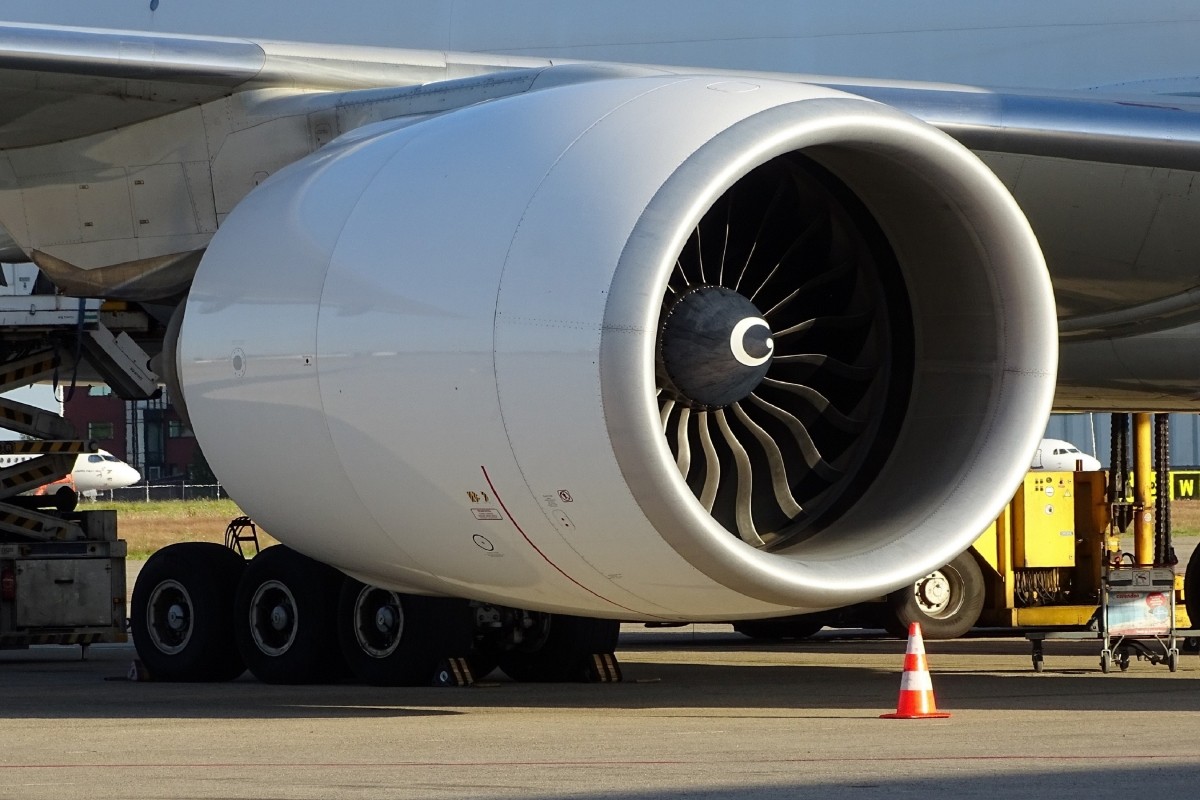
The GE90-115B is an impressive feat of engineering excellence. Weighing in at just under 18,300 lbs and measuring 18 feet long by 11.25 feet wide, this jet engine boasts a record-breaking thrust of up to 127,900 lbs. That kind of power gives aircraft tremendous acceleration, enabling them to reach their destinations more quickly and efficiently.
GE Aviation developed this engine, and it first appeared in 1995 aboard a British Airways 777 aircraft with commercial aviation's first composite fan blades made from carbon fiber. Since then, different models have had outputs ranging from 74,000 to 94,000 lbs of thrust - showing that the engineers behind it have thoughtfully considered every aspect of its performance.
The power produced by this remarkable machine certainly helps make air travel faster and more suitable for modern demands.
A Monster Wind Motor: The Siemens SWT-6.0-154
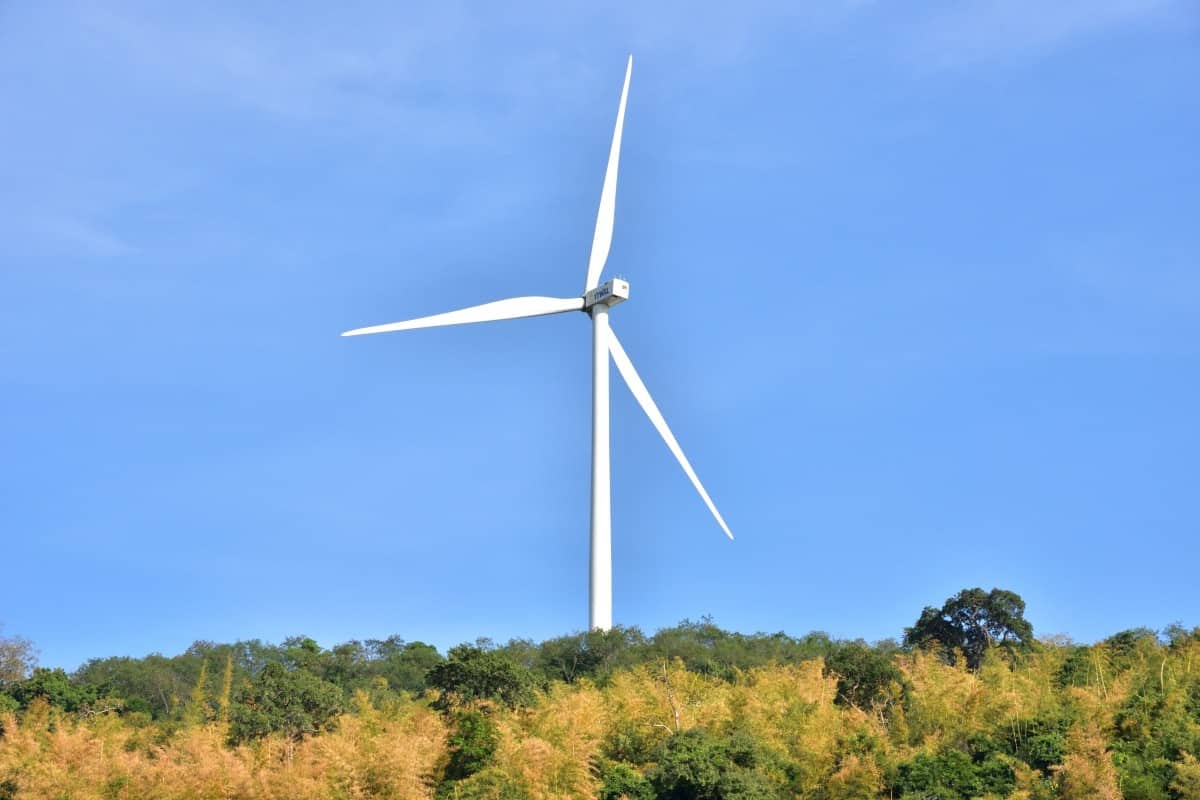
The Siemens SWT-6.0-154 is the world's largest wind motor, capable of producing an enormous 6 megawatts (MW) of power and having a swept area of 18,600 meters.
With its direct-drive technology from Siemens, this engine boasts fewer parts than most technologies. This driving technology and the motor's light head weight – less than 360 tonnes – result in lower installation and maintenance costs and enhanced overall lifespan.
Interestingly, this massive wind turbine was designed to operate for up to 20 years in extreme weather conditions, withstanding pressures from winds measuring up to 90 knots or more and withstanding water depths that might reach up to 30 meters during storms.
The machine can even be unlocked remotely if dangerous winds start battering its blades or if lightning strikes nearby, so it doesn't get irreparably damaged.
With its robust design and energy-efficient features, this impressive, advanced element sets the bar for future developments in offshore wind turbine designs.
The Biggest Train Engine, by Length: The Union Pacific Big Boy
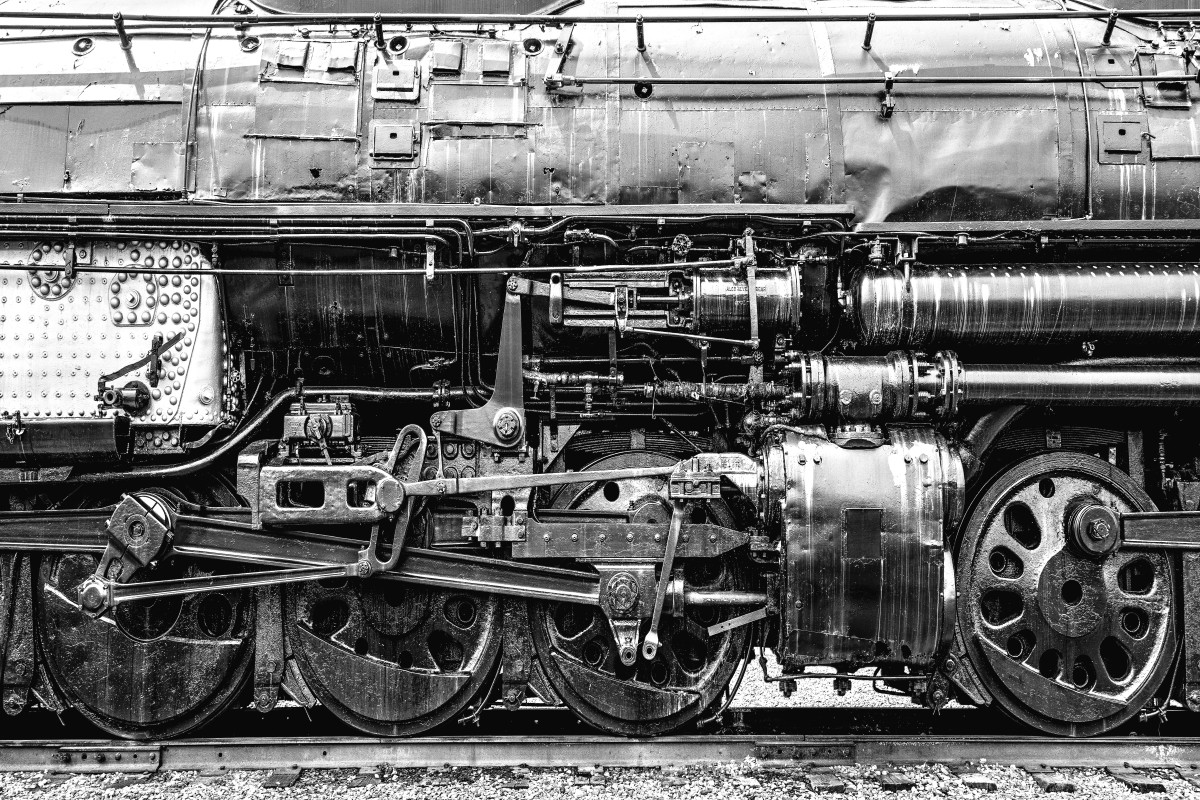
Riding on the force of WWII, Union Pacific Railroad introduced their Big Boys — the 4000 Class of legendary steam locomotives.
The Union Pacific Big Boy is a simple articulated 4-8-8-4 steam locomotive manufactured by the American Locomotive Company (ALCO) between 1941 and 1944.
Twenty-five Big Boys were built exclusively for Union Pacific Railroad, the first of which was delivered in 1941. The locomotives were 132 feet long and weighed 1.2 million pounds, making them the largest steam locomotives ever built.
Big Boys were designed to haul heavy freight over long distances, and they could pull up to 3,600 tons at speeds of up to 80 mph. They were also equipped with various advanced features, such as roller bearings on all axles, a mechanical stoker for coal, and an improved boiler design that allowed them to operate at higher pressures than other locomotives at the time.
The Big Boy's impressive size and power made it an iconic symbol of the railroad industry in America. In 2013, Union Pacific brought back one of its original Big Boys - No. 4014 - out of retirement after nearly 50 years in storage. After extensive restoration, the locomotive was fired up again in 2019 and made its first public run since 1959.
Today, the Big Boy remains an enduring symbol of American ingenuity and engineering prowess. It is a testament to the power of technology to transform our world and make incredible things possible.
And There's More:
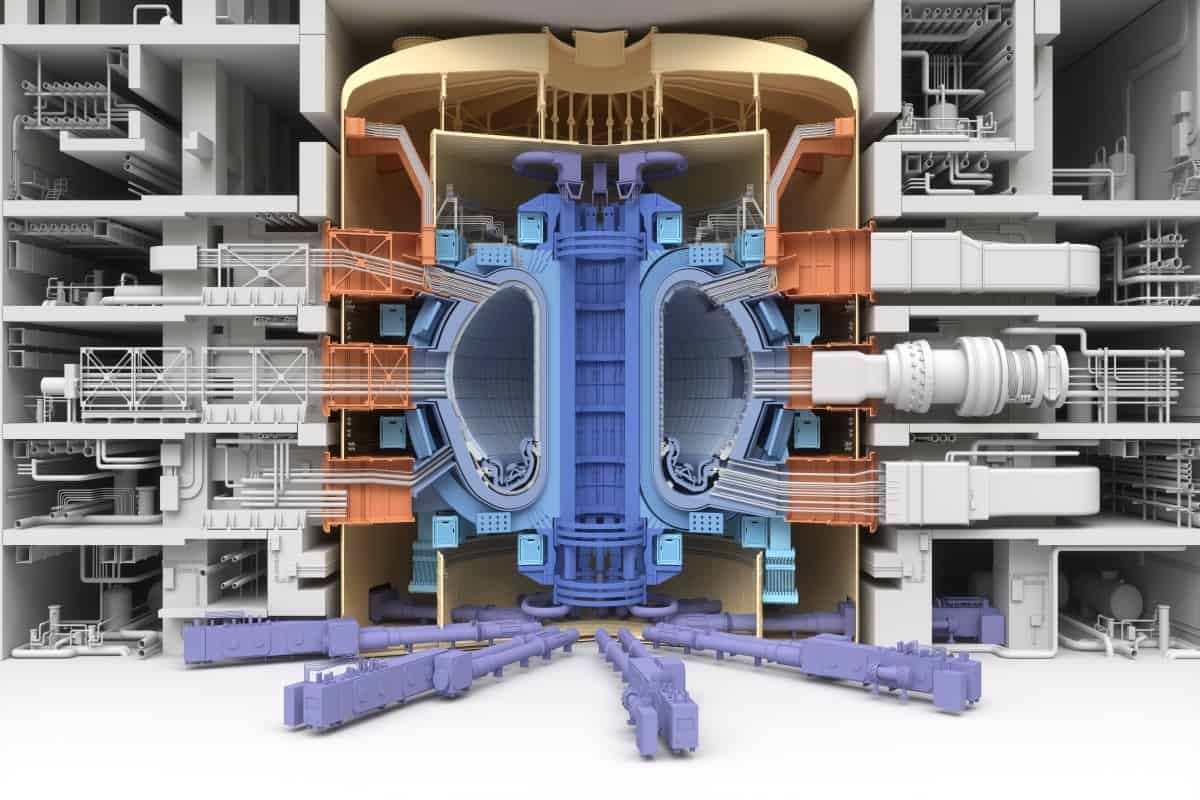
In addition to these engines, other massive powerhouses contribute to the world's energy production. For example, the ITER fusion reactor is currently being constructed in France.
This reactor will be the world's largest and most powerful fusion device, capable of producing energy by replicating the same fusion reactions in the sun.
The project is a collaboration between 35 countries and represents cutting-edge energy technology.
The Biggest Engines in the World are Truly Awe-Inspiring.
We hope you found these amazing engines as impressive as we did. Whether it's soaring through the air on modern aircraft, powering ships and locomotives across vast oceans, or helping to produce electricity, there are incredible feats achieved by humankind's biggest engines.
In the meantime, we’ll leave you with this quotation from Dwayne Johnson:
"Around every corner, always protect the engine that powers you."
References:
Biggest, most powerful engine in the world: 109,000 HP (zmescience.com)
Wärtsilä-Sulzer RTA96-C - Wikipedia
Union Pacific Big Boy - Wikipedia
The world's most powerful engine enters service (wartsila.com)
15 of the Largest Engines in the World
Union Pacific #4017 "Big Boy" - National Railroad Museum
